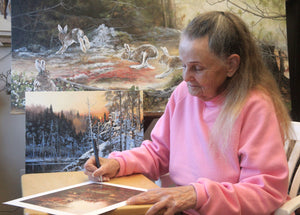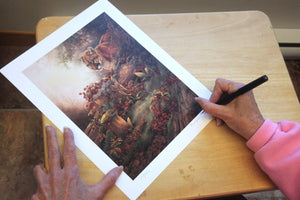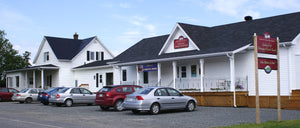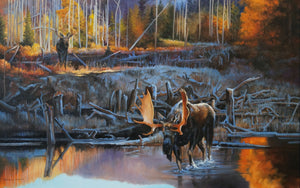THE PHOTOLITHOGRAPHY: CLASSIC AND AFFORDABLE

Photolithography involves a traditional printing process based on colour separation: four-colour offset lithographic printing. A photolithography can be produced from the photograph of a painting. Whether for a giclée or a photolithography, the size and the proof number of a limited edition print are established beforehand by Monique or Gisèle, who approve the first proof out of the presses before the printing begins.

Four-colour offset lithographic printing is a much less expensive process than that of giclée. The purchase of a photolithography, whose edition is generally higher than that of a giclée, allows one to own a collector's item signed and numbered by the artist. Its affordable price makes it a great gift idea. When framed, a photolithography on acid free paper perfectly decorates the house or the office. Unlike an original painting, photolithography does not increase in value over time.
History
In the second half of the 20th century, American companies specializing in the production of limited edition prints made wildlife art a big business. The limited edition prints market developed alongside that of the sale of original paintings, but in the eyes of some purists, the bargaining over art reproductions brought discredit to wildlife art. To avoid associating their art with the controversy of being too commercial, Monique and Gisèle allow the reproduction of a limited number of original paintings each year. They do so essentially to make sure products derived from their art are accessible to all budgets, and above all, to finance the projects of the Society of Art and Science for Nature (SAS Nature), an organization dedicated to the protection of wildlife of which they are co-founders. The Benoits are thus part of a tradition that has been firmly rooted in the world of nature conservation for decades: the financing of numerous organizations by the sale of limited edition prints, wildlife stamps or giclées.





